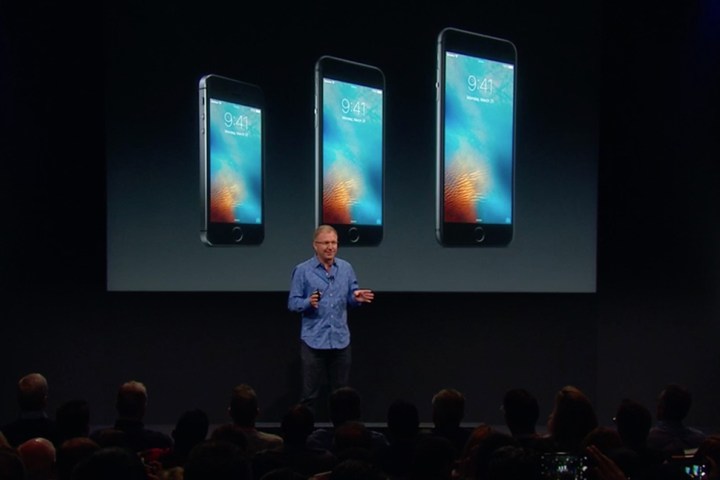
It hasn’t been too long since Apple shifted its focus to larger phones, but its 4-inch phones are still widely popular, especially abroad. Apple revealed that more than 30 million 4-inch iPhones were sold last year, and already more than 3.4 million pre-orders for the SE were made in China alone.
But Chipworks opened up the small, metal device and found that it’s mostly made up of parts found in previous iPhones like the 6S, and the 5S. For example, the screen uses the same touchscreen controller as the iPhone 5S, which makes sense given they both are the same size. It’s also why the iPhone SE doesn’t have 3D Touch capabilities, like the 5S. This part was likely used to keep the cost of the device down.
The A9 processor, however, is the same as the one you’ll find powering the iPhone 6S, along with the same NFC controller and 2GB of RAM.
Toshiba brought something new in the iPhone SE with the 16GB flash chip, and the device also seems to have a new power management integrated chip, which could mean the battery life may have improved. We’ll have to wait and see to see if that’s true.
“These new devices include a Skyworks SKY77611 power amplifier module, a Texas Instruments 338S00170 power management IC, the Toshiba THGBX5G7D2KLDXG NAND flash, an EPCOS D5255 antenna switch module, and an AAC Technologies 0DALM1 microphone,” according to Chipworks.
Overall, there’s hardly anything unexpected in the iPhone SE. Given that it doesn’t even follow Apple’s naming structure, the point of the device isn’t one that’s meant to be groundbreaking just like Apple’s March 21 event. Rather, it’s just a small, low-cost phone to appeal to people who don’t want a hard time reaching the top of their screen on a 5.5-inch device.
For the full teardown, take a look here.
Editors' Recommendations
- This one Apple Fitness feature completely changed how I exercise
- An Apple insider just revealed how iOS 18’s AI features will work
- iPhone 16: news, rumored price, release date, and more
- iPhone SE 4: news, rumored price, release date, and more
- 3 reasons why I’ll actually use Anker’s new iPhone power bank


